This post may contain affiliate links. Please see my disclosure policy for details.
Purple Heart Plant: A Vibrant Splash of Color for Your Garden
Contents
Ever caught yourself staring at a garden, mesmerized by a cascading wave of deep purple foliage? Chances are, you’ve stumbled upon the Purple Heart plant. Let me tell you, this little beauty is a game-changer in the world of garden design.
I remember the first time I laid eyes on a Purple Heart. It was like someone had spilled a bottle of royal purple paint across my neighbor’s rock garden. I was hooked.
So, what’s the deal with this purple stunner?
The Basics:
- Scientific name: Tradescantia pallida ‘Purpurea’
- Also known as: Purple queen, purple spiderwort, wandering Jew
- Native to: Gulf Coast region of eastern Mexico
- Plant type: Perennial, groundcover, and sometimes a bit of a drama queen
Now, let’s dive into why this plant deserves a spot in your garden (or hanging basket, or windowsill – it’s not picky).
Appearance: Purple Reign
Picture this: Stems and leaves so deeply purple, they’re almost black. It’s like the plant version of a goth teenager, but way more charming. The foliage has a slight silvery sheen, thanks to tiny hairs that catch the light. And just when you think it can’t get any better, it throws out these dainty pink flowers. Talk about a plot twist!
Growth Habit: The Spreader
This plant doesn’t just sit there looking pretty. Oh no, it’s got places to be. The Purple Heart spreads faster than gossip in a small town. It’ll cascade over pots, trail down walls, and carpet your garden beds if you let it. It’s the Usain Bolt of the plant world, but with better color coordination.
Uses: Versatility is its Middle Name
- Ground cover: Want to smother weeds in style? Purple Heart’s got you covered.
- Hanging baskets: It’ll drape dramatically like purple curtains.
- Mixed containers: Pair it with lime green or silver plants for a combo that’ll make your neighbors green with envy.
- Indoor plant: Brighten up a sunny spot in your home.
Care: Low Maintenance Diva
Here’s the best part – this plant is easier to care for than a pet rock.
- Light: Full sun for the deepest purple. Partial shade if you’re feeling rebellious.
- Soil: Well-draining. It’s not fussy, but it doesn’t like wet feet.
- Water: Drought-tolerant, but enjoys a good drink now and then. Like me at a party.
- Temperature: Hardy in USDA zones 7-11. Below that, treat it as an annual or bring it indoors.
- Fertilizer: Monthly during growing season. It’s a light eater.
- Pruning: Pinch or trim to keep it bushy. Otherwise, it might get leggier than a supermodel.
Propagation: The Gift That Keeps on Giving
Got scissors? You can make more Purple Hearts. Just snip, stick in soil or water, and voila! New plants. It’s like magic, but easier.
Potential Problems: Nobody’s Perfect
- Pests: Generally resistant, but watch for aphids and mealybugs.
- Diseases: Root rot if overwatered. Remember, it’s drought-tolerant, not aquatic.
- Toxicity: Mild irritation if ingested. Keep away from curious pets and kids.
- Invasiveness: Can spread aggressively in mild climates. Keep an eye on it, or it might stage a garden coup.
Fun Fact:
Purple Heart plants are air-purifying ninjas. They’re great at filtering out volatile organic compounds. So not only do they look good, but they’re also secretly cleaning your air. Talk about a multi-tasker!
In conclusion, the Purple Heart plant is like that cool, low-maintenance friend who always brings color to the party. It’s easy to grow, hard to kill, and will make your garden pop faster than you can say “purple reign”. So go ahead, invite this royal beauty into your green space. Your garden (and your air quality) will thank you.

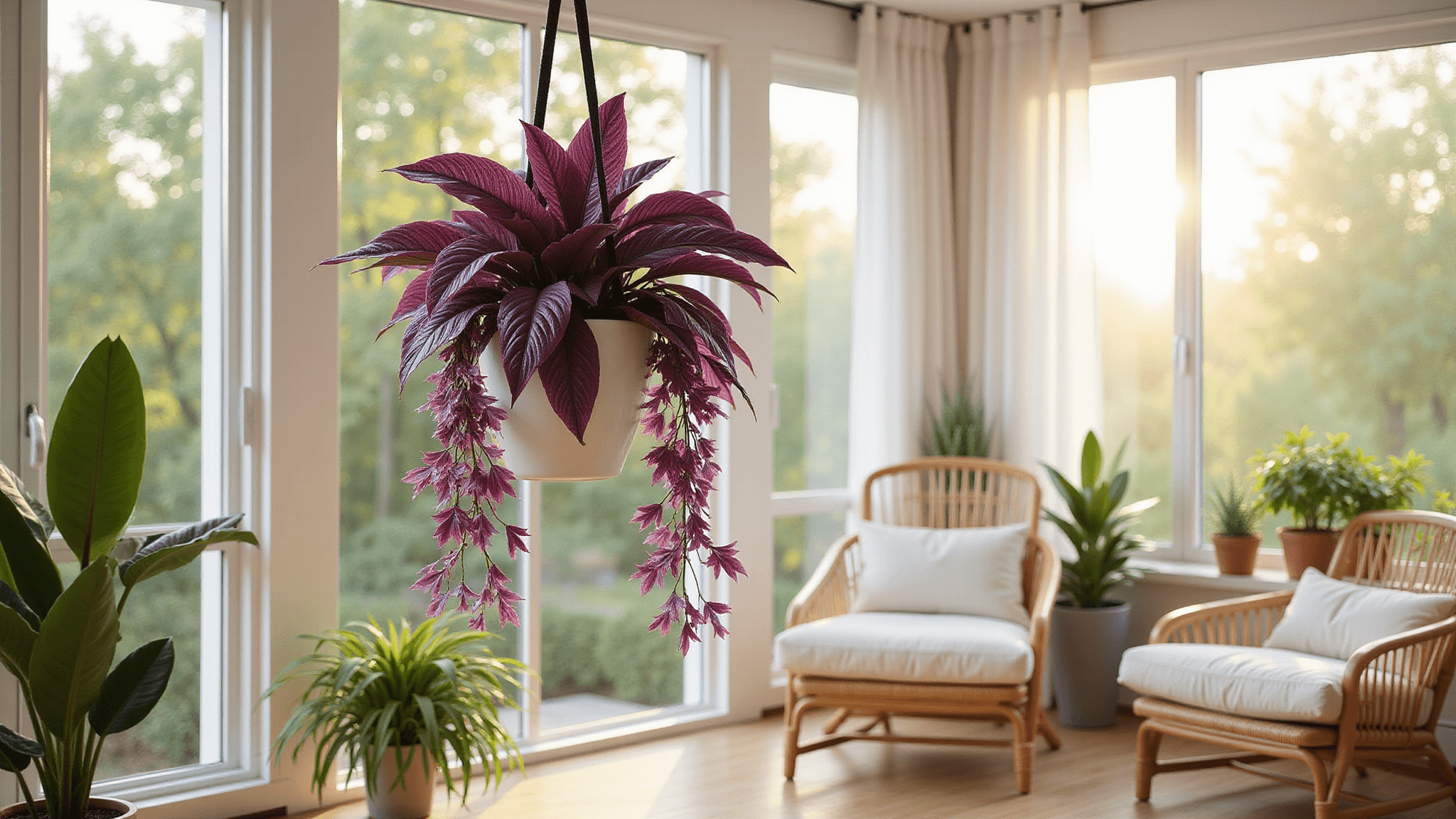


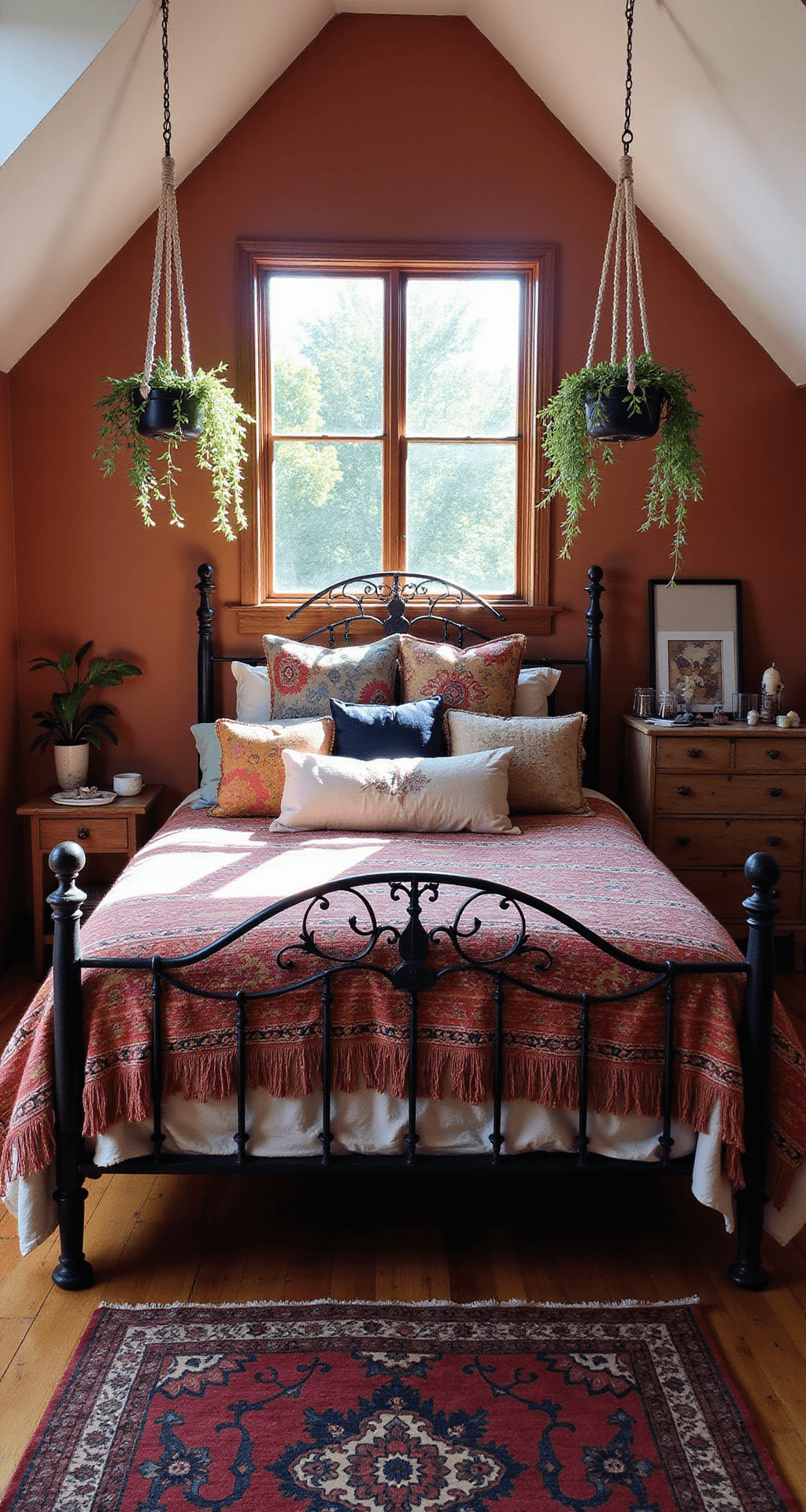
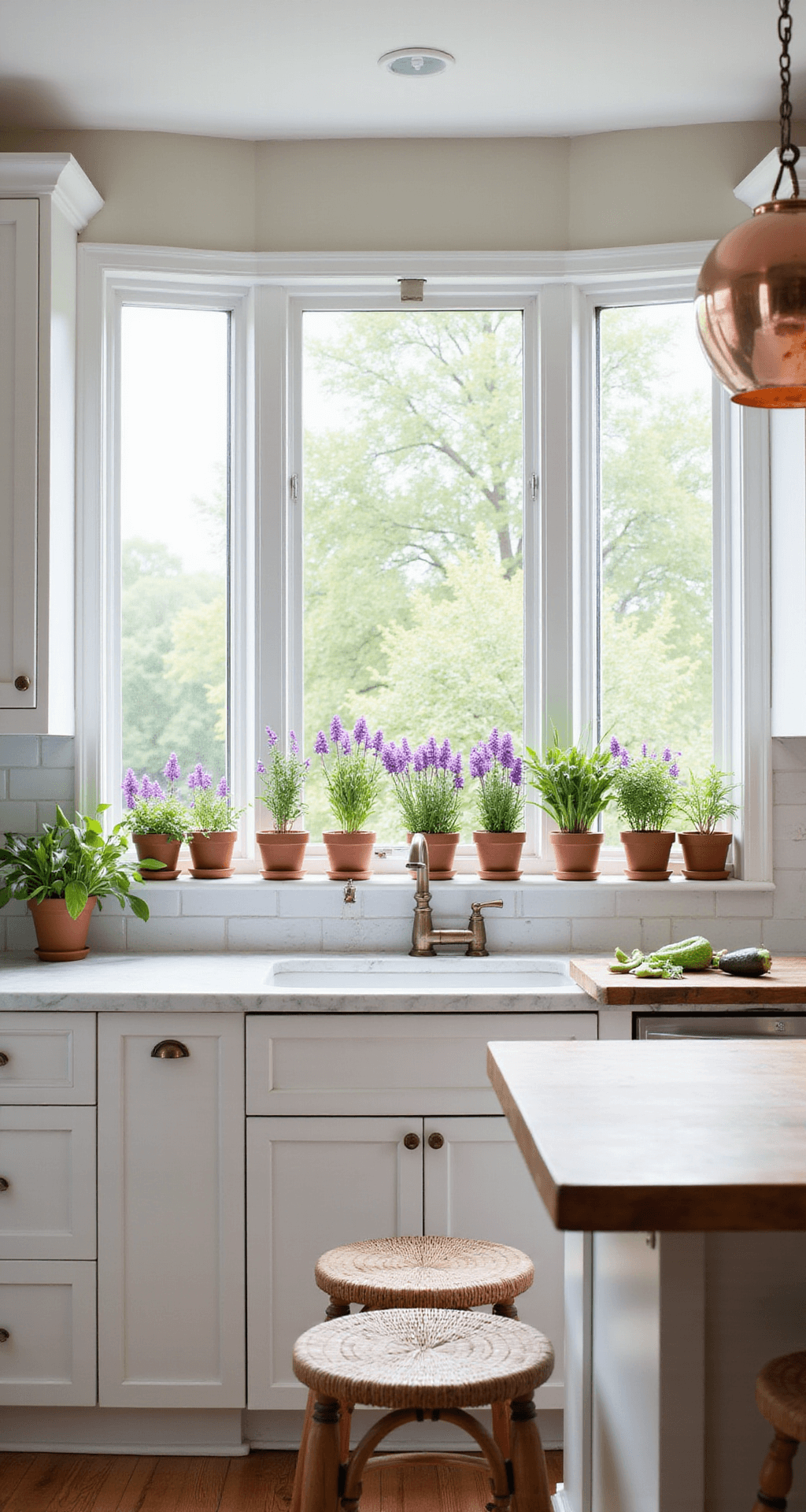
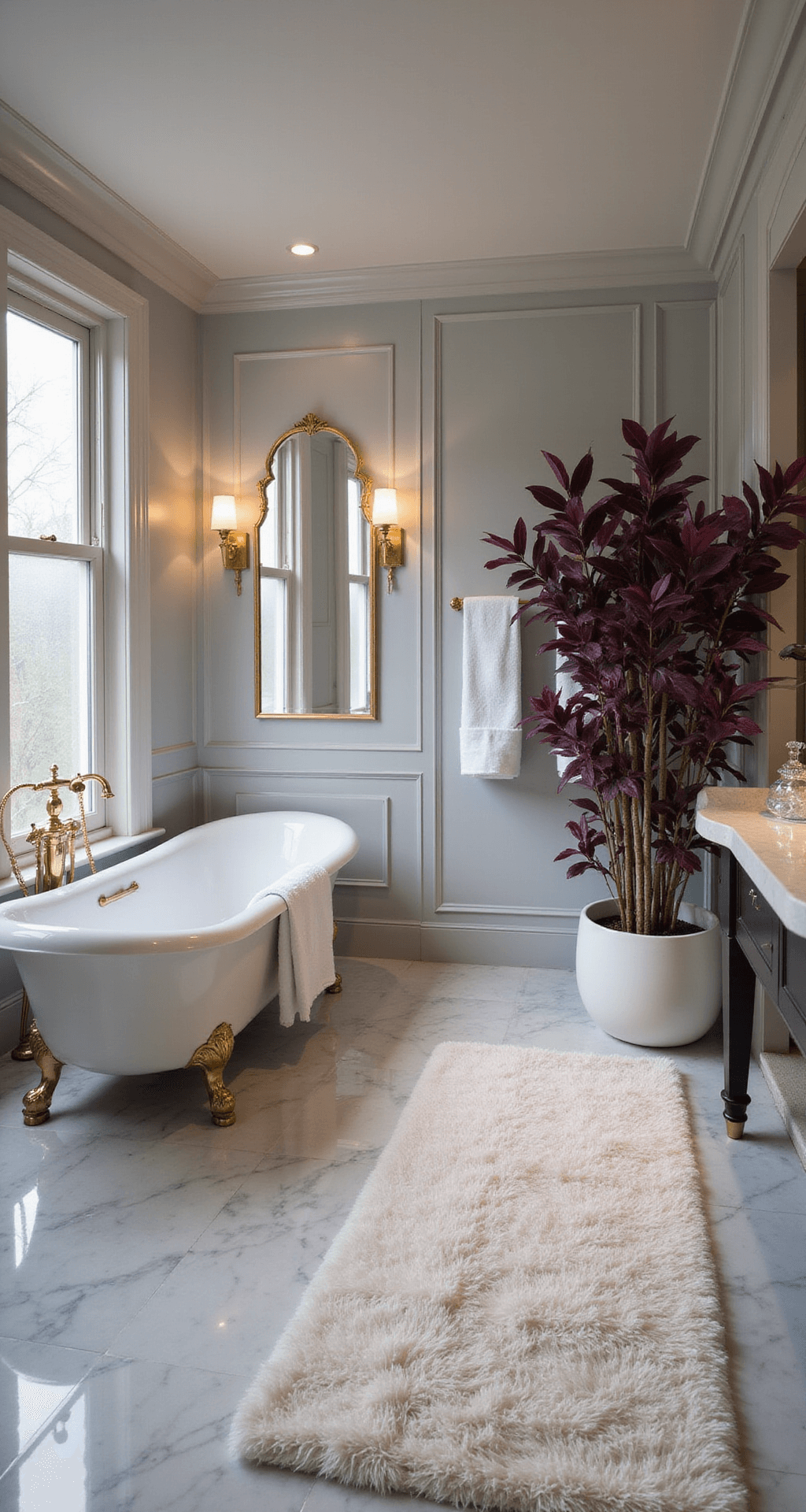
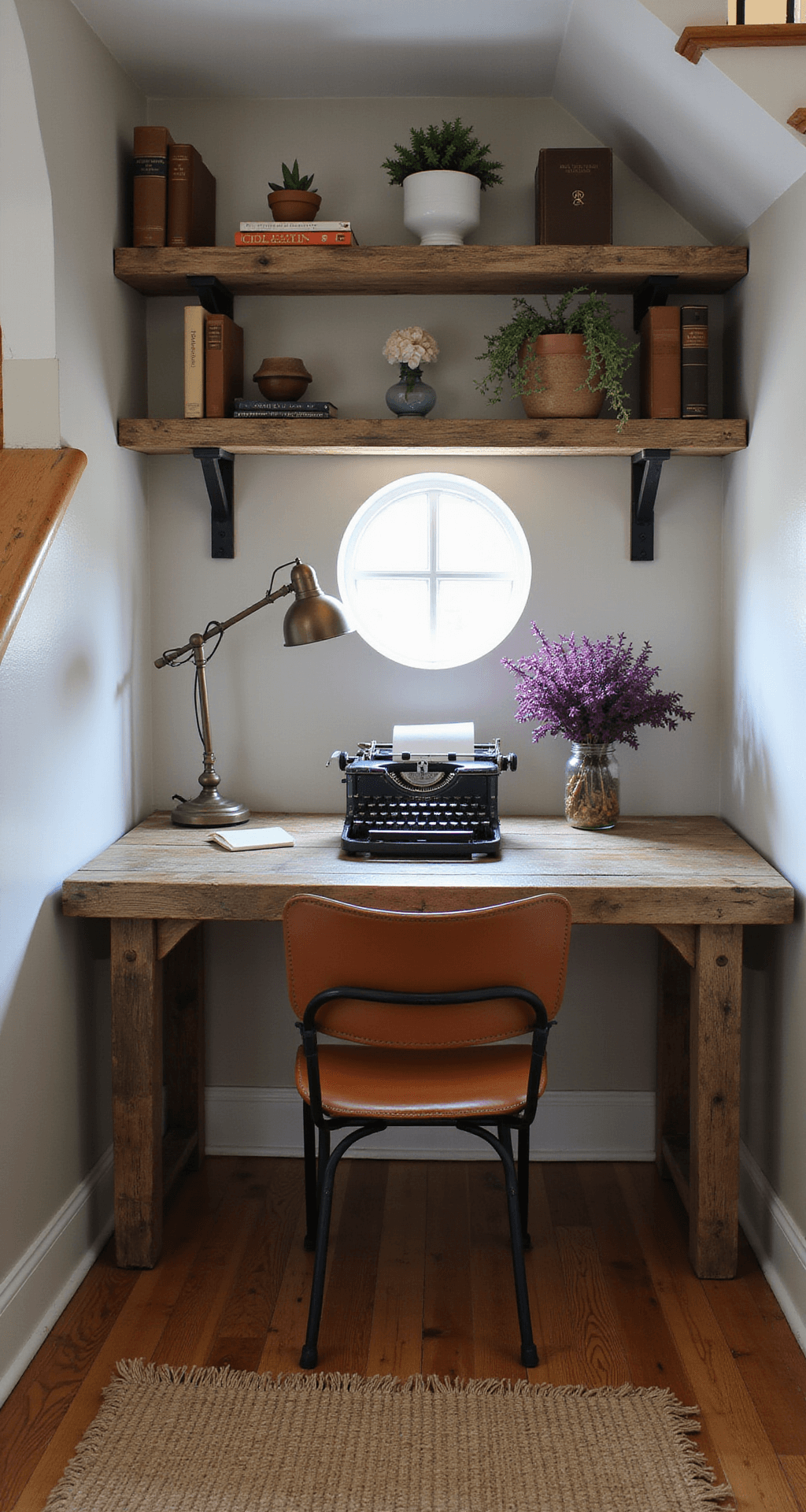
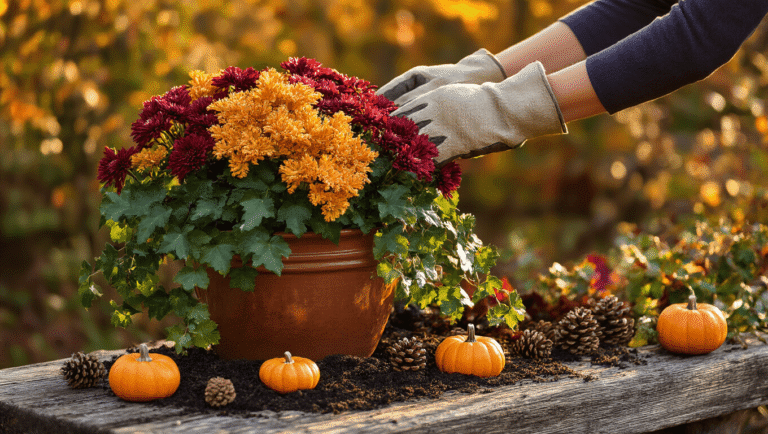
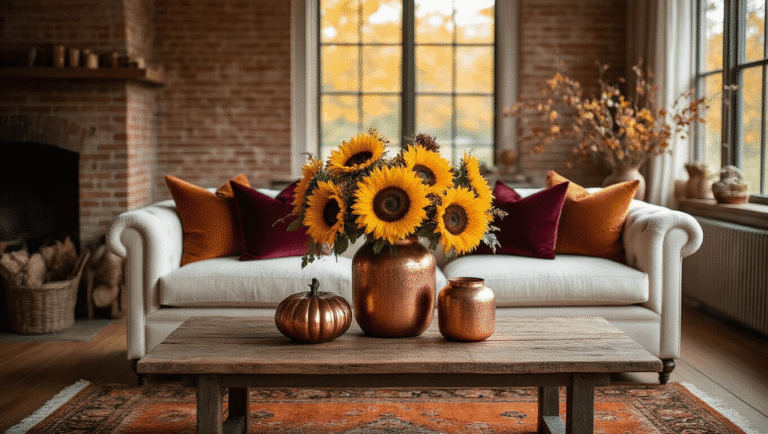
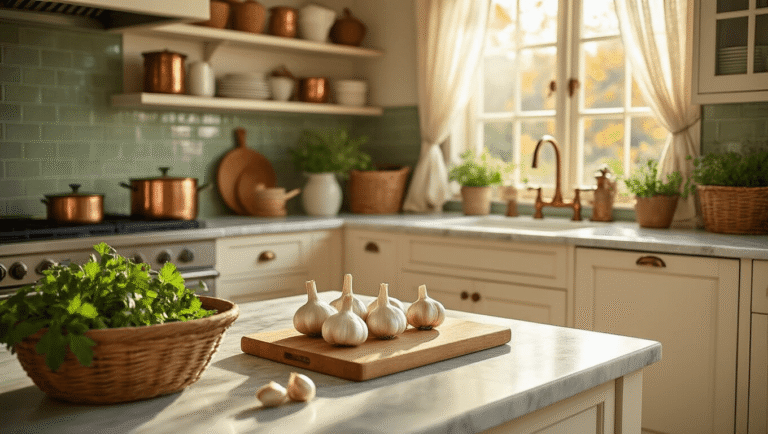
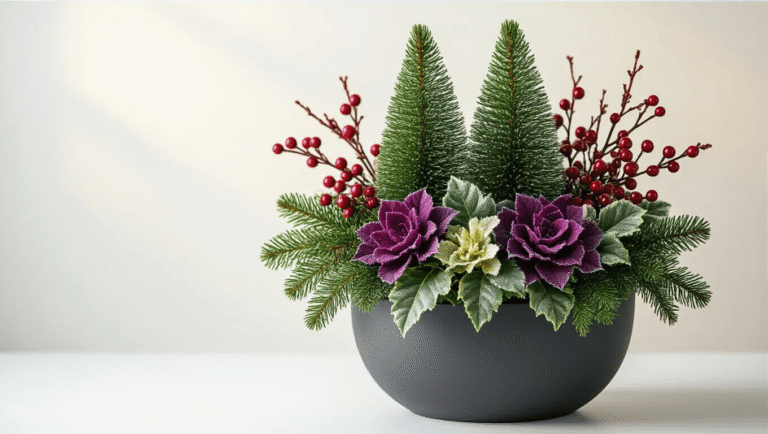


[…] Try ombre designs for a splash of color […]